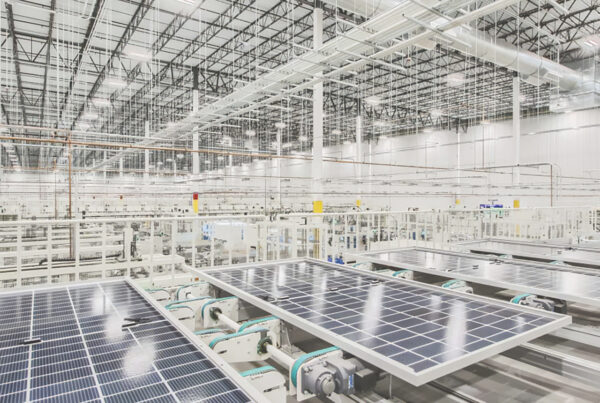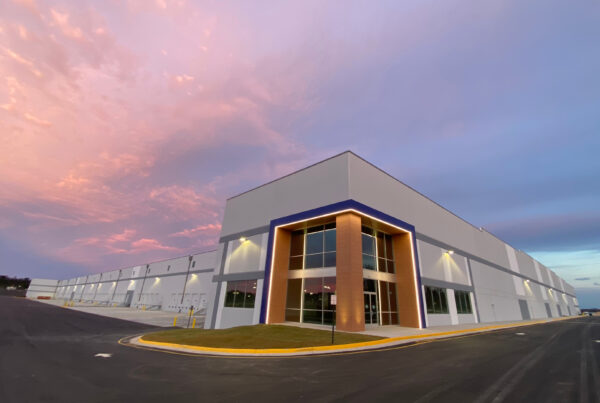
The proposed 200% tariff on pharmaceutical imports isn’t just another trade headline. For an industry where 80% of active pharmaceutical ingredients come from overseas, it’s a potential disruption that could fundamentally alter cost structures overnight.
While Washington debates and manufacturers watch, one thing is clear: companies that move quickly to establish or expand domestic production will have a decisive advantage. The question isn’t whether to build – it’s how to build fast enough to matter.
The Hidden Cost of Traditional Project Delivery
Most pharmaceutical facilities today are delivered through EPCMV (Engineering, Procurement, Construction Management & Validation) – a sequential model where different specialists handle each phase. First the engineers. Then procurement. Then construction managers. Finally, validation experts.
This compartmentalized approach made sense when pharma manufacturers had years to plan facilities and markets moved predictably. But sequential handoffs create compound delays. A design decision made without construction input leads to change orders. Procurement delays ripple through construction schedules. Validation discovers issues that require retrofit.
In a tariff environment where six months could mean the difference between a 0% and 200% import duty, these delays translate directly to competitive disadvantage.
Why Speed and Certainty Matter More Than Ever
Consider the math: A mid-size pharma manufacturer importing $50 million in APIs annually could face $100 million in additional tariff costs. Every month of delay in bringing domestic production online represents $8.3 million in potential exposure.
This reality demands a different approach to facility delivery – one that prioritizes:
- Speed without sacrificing compliance. Pharmaceutical facilities can’t cut corners on quality or validation. But they can eliminate redundant processes and sequential delays.
- Cost certainty from day one. When your business case depends on avoiding massive tariff costs, you need reliable project budgets early – not after design is complete.
- Flexibility to adapt. Trade policies shift. Markets evolve. Facilities built today must accommodate tomorrow’s unknowns.
The Case for Integrated Delivery
Design-build delivery addresses these pressures by putting architects, engineers, and builders on the same team from project inception. This isn’t just contractual efficiency – it’s a fundamental shift in how decisions get made.
When construction expertise informs design decisions in real-time, problems get solved on paper instead of in the field. When procurement runs parallel to design development, long-lead equipment gets ordered months earlier. When validation requirements shape initial concepts, compliance is built-in rather than bolted-on.
The results are measurable. Design-build typically delivers projects 20-30% faster than traditional methods. More importantly for tariff planning, it enables guaranteed maximum pricing before detailed design is complete – allowing CFOs to model scenarios with confidence.
Building Strategic Advantage, Not Just Facilities
The most successful pharmaceutical manufacturers are already rethinking project delivery as a strategic capability. They recognize that in a world of supply chain uncertainty and policy volatility, the ability to rapidly deploy capital into productive assets is itself a competitive advantage.
This means evaluating delivery partners not just on their pharmaceutical expertise, but on their ability to:
- Compress schedules through parallel workflows
- Provide early cost certainty through integrated estimating
- Design flexibility into facilities from the ground up
- Take single-source accountability for outcomes
The Window is Open – But Not for Long
Policy uncertainty creates opportunity for those prepared to act decisively. While competitors debate and delay, manufacturers who move quickly to establish domestic capacity will capture market share, secure supply chains, and potentially influence where industry standards get set.
The choice of delivery method isn’t just about managing a construction project. It’s about positioning your organization to thrive regardless of how trade policies evolve.
The tariff debate will eventually resolve. The question is whether you’ll be watching from the sidelines or operating from a position of advantage.


